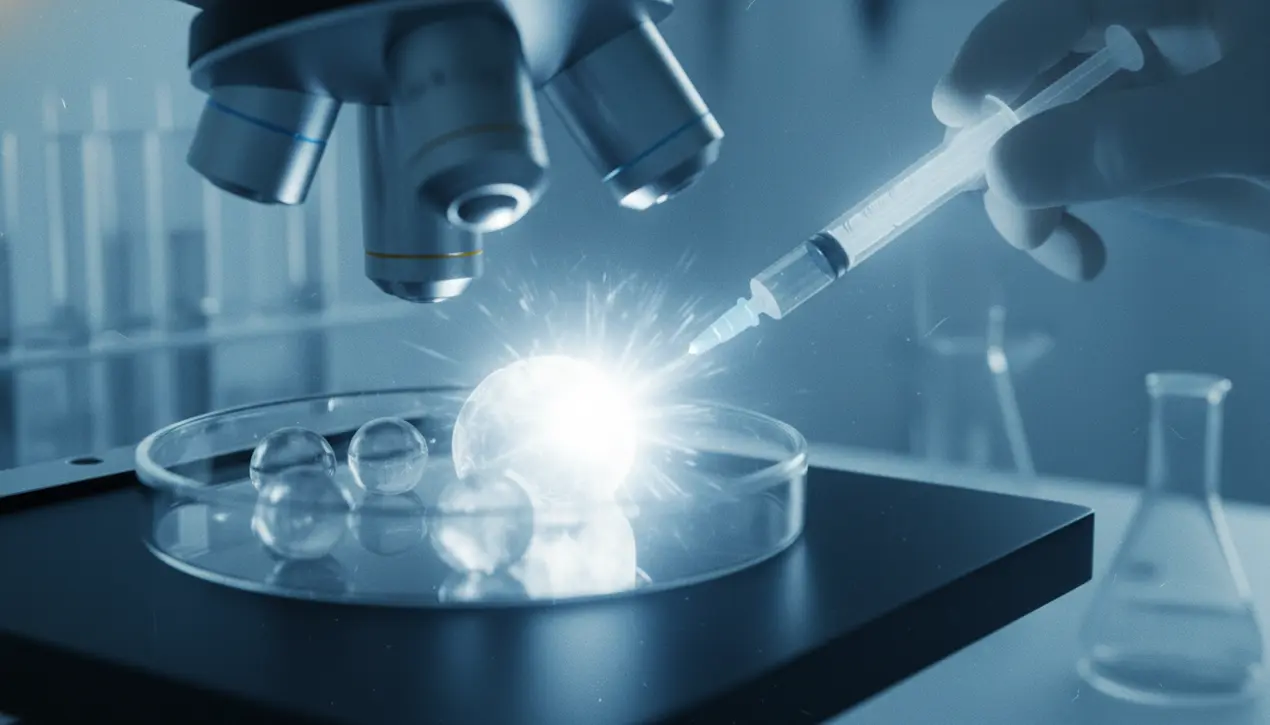
SciencemedicineGenetic Therapies
New antibody breakthrough could finally slow polycystic kidney disease
KE
Kevin White
2 hours ago7 min read1 comments
In a development that feels ripped from the pages of a near-future medical thriller, a precision-engineered antibody has demonstrated a startling capacity to infiltrate the fortress-like structures of kidney cysts and disrupt the very biological machinery driving polycystic kidney disease (PKD). This isn't just another incremental step; it's a targeted strike.PKD, a genetic disorder affecting over 12 million people globally, has long been a formidable adversary in nephrology. It operates like a cellular software glitch, primarily caused by mutations in the PKD1 or PKD2 genes, leading to the uncontrolled proliferation of cysts that slowly, inexorably, displace healthy kidney tissue, culminating in organ failure.For decades, treatment has been a rear-guard action, focused on managing symptoms like hypertension and pain, with the only definitive endgame being dialysis or a transplant. The breakthrough lies in the antibody's design, which allows it to penetrate the cyst lining—a barrier that has traditionally stymied therapeutics—and bind with high affinity to a protein called PC1, a key player in the pathological signaling cascade.Think of PC1 as a corrupted data packet constantly instructing cells to divide and fill with fluid; this new biologic acts as a firewall, blocking those signals at the source. Early mouse model studies, while preliminary, are profoundly encouraging, showing not just a halt in cyst expansion but actual regression, a reversal of pathology previously thought to be irreversible, all while leaving healthy renal parenchyma unscathed.This specificity is the holy grail of biotech, minimizing the systemic side effects that plague so many cancer and autoimmune therapies. The implications cascade far beyond nephrology.The mechanism of action—a biologic agent engineered for precise intracellular interference—validates a whole frontier of next-generation therapeutics for other dominant genetic disorders. It opens a conceptual pathway for treating conditions like certain forms of inherited cardiomyopathy or neurofibromatosis where a single faulty protein wreaks systemic havoc.Of course, the path from a promising mouse study to a human therapeutic is a marathon filled with regulatory hurdles, Phase III trials, and the immense challenge of scaling biologic production. Yet, the data provides a powerful proof-of-concept that could galvanize investment and research into similar modality-based approaches. For the PKD community, this represents a tangible beam of hope, a potential pivot from managing decline to actively arresting and perhaps one day curing a disease that has passed through families for generations.
#featured
#polycystic kidney disease
#antibody treatment
#kidney cysts
#medical breakthrough
#mouse study
#genetic disease
Stay Informed. Act Smarter.
Get weekly highlights, major headlines, and expert insights — then put your knowledge to work in our live prediction markets.
Related News
Comments
Loading comments...
© 2025 Outpoll Service LTD. All rights reserved.